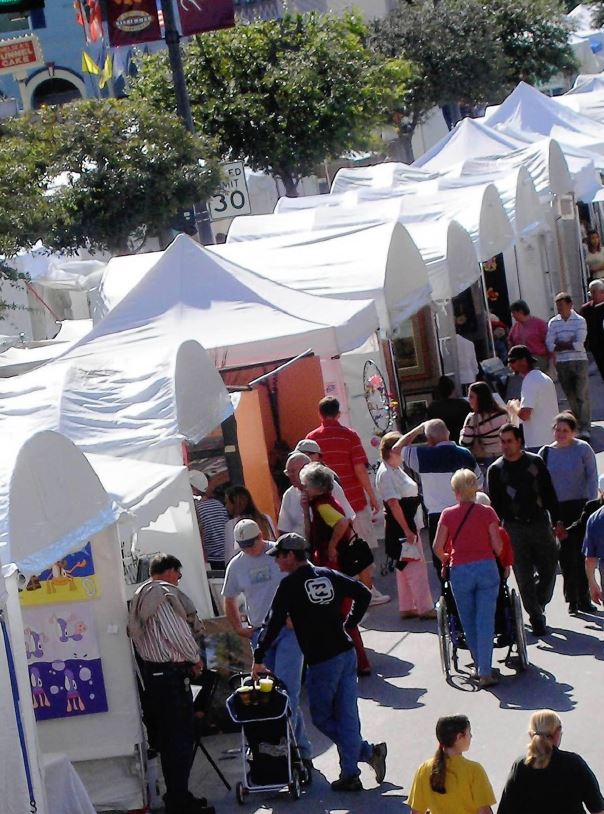by Carolyn Edlund
Are you aware of the types of insurance your art business needs to protect against loss and liability?

The following overview provides a basic understanding of some of the types of insurance visual artists and makers should consider purchasing to handle risk in their small businesses.
Commercial Insurance
If you run a studio located in a commercial space, an important coverage to purchase is commercial liability. This insurance provides protection for general business practices, such as claims against your business for negligence, contract disputes, and even product liability.
Importantly, these policies also protect against third-party claims for bodily injury or property damage. For example, if a visitor to your studio trips and falls, or is injured in some way. Since liability claims can potentially run into large sums, insurers typically offer coverage amounts in the millions of dollars.
Your premium amount is determined by the underwriting department of the insurance carrier. Many art businesses are quite low-risk, with comparatively low premiums. Studios with higher risk factors (such as dangerous equipment or open flames like a glassblowing facility) may tend to pay higher fees. Premiums are also determined by location, number of employees, the limit of coverage per occurrence and the general aggregate. They are also influenced by the deductible. This is the out-of-pocket amount you as the insured are obligated to pay for any claims that are successful.
Business Owner’s Insurance is available for artists who want to protect their property as well. Comprehensive policies cover property and liability needs. Property coverage is for the day-to-day running of a business, including risk to your building, equipment and inventory from physical loss or damage. These policies may also pay for loss of income due to business interruption, and offer other coverage.
Home Studios
Many artists work out of their homes. They may be under the mistaken impression that homeowner’s insurance will provide coverage for small businesses. However, this is not the case. Speak with your insurance agent to learn more about getting a rider or a separate policy to provide cover for studio property, including equipment, materials and inventory that is located in your home, as well as that all-important liability coverage.
This is especially true if you have customers, colleagues or vendors coming to your home studio to do business. If they were injured in your home, you could be liable for the costs of their medical bills. In addition, if you provide products or services that could potentially cause financial loss to someone, you need to be sure that you are adequately covered.
As-Needed Coverage
Artists often need temporary insurance coverage which can be purchased as needed. For example, if you are shipping your artwork to a gallery, collector, or venue, you can insure it during transit with an art shipper or a commercial shipping company like Fedex.
Event insurance is another type of temporary coverage. It usually provides protection during a set period of time, such as the length of a show or exhibition. Quite often, show management will require artists to obtain coverage as part of their agreement to exhibit. These policies allow you to name additional insureds on the policy to protect the organization running the event.
Typically, event insurance is focused on liability coverage that addresses any incidences of hazard or injury to the public or others at the show. The policy will offer a monetary amount per occurrence and also an aggregate in the event of multiple claims. Additionally, it will cover any damage to the premises in case that should occur.
Artists can purchase different types of insurance policies for different needs, with tiers of protection. Here is an example of an annual policy that offers a more comprehensive level of coverage.
More Assistance
To learn more about insurance and also how to set up your studio to avoid accidents and loss, visit CERF+. This nonprofit organization offers grants as well as emergency readiness and relief for artists and makers. Although they are not an insurance carrier, they can be instrumental in helping creatives get their businesses running again after natural disasters or other overwhelming circumstances.
Ultimately, insurance is an essential part of protecting an artist’s business and reputation. It’s important to take all necessary precautions to prevent accidents and injuries, but insurance provides additional peace of mind and protection in case of an unforeseen issue.


Speak Your Mind